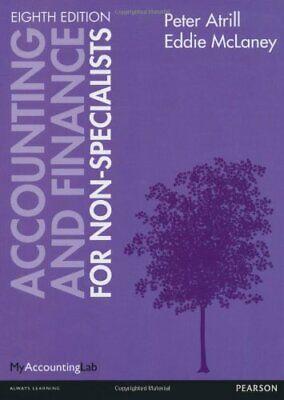

Calculate the intrinsic value and time value for each of the options: (These are actual prices that were traded on Nov. 15, 2021) CMEGroup Apr. - Live Cattle Futures =157.25/cwt CMEGroup Apr. 153 call =$7.35 per cwt. CMEGroup Apr. 157 call= $4.58 per cwt. CMEGroup Apr. 161 call= A A. 15 per cwt. CMEGroup July = Corn Futures =$6.54/bu. CMEGroup July 6.10_put = $0.26 per bu. CMEGroup July 6.50 put = $0.45 per bu. * Base these on the current futures price that is listed above. - The option will be in-the-money (ITM) if there is any intrinsic value in it - in other words, if you were to exercise it (take a short futures position (sell) at the strike price for a put, or a long futures position (buy) at the strike price for a call) would there be value in that futures position? - The option with the strike price that is closest to the current futures price will be at-themoney (ATM) - The option strike price that has no intrinsic value (it would be worthless if you currently exercised it) will be out-of-the-money (OTM) The intrinsic value is how much value there would be if you exercised it. (Strike price futures price for puts; futures price - strike price for calls). Intrinsic value only goes as low as zero - it does not go negative! If you come up with a negative number, enter 0 . ***Time value is the difference between the premium and the intrinsic value. In other words, any premium value that is not intrinsic value is called time value. Keep in mind that premiums on options are composed of intrinsic value and time value. The time value is influenced by the time to expiration (gets lower as we get closer to expiration), the volatility of the underlying futures (premium increases as we see an increase in volatility), and the interest (as an opportunity cost of money). In general, we will see that the strike price that is at-the-money has the highest time value. Remember that, as the contract gets closer to expiration, the time value will go away. Calculate the intrinsic value and time value for each of the options: (These are actual prices that were traded on Nov. 15, 2021) CMEGroup Apr. - Live Cattle Futures =157.25/cwt CMEGroup Apr. 153 call =$7.35 per cwt. CMEGroup Apr. 157 call= $4.58 per cwt. CMEGroup Apr. 161 call= A A. 15 per cwt. CMEGroup July = Corn Futures =$6.54/bu. CMEGroup July 6.10_put = $0.26 per bu. CMEGroup July 6.50 put = $0.45 per bu. * Base these on the current futures price that is listed above. - The option will be in-the-money (ITM) if there is any intrinsic value in it - in other words, if you were to exercise it (take a short futures position (sell) at the strike price for a put, or a long futures position (buy) at the strike price for a call) would there be value in that futures position? - The option with the strike price that is closest to the current futures price will be at-themoney (ATM) - The option strike price that has no intrinsic value (it would be worthless if you currently exercised it) will be out-of-the-money (OTM) The intrinsic value is how much value there would be if you exercised it. (Strike price futures price for puts; futures price - strike price for calls). Intrinsic value only goes as low as zero - it does not go negative! If you come up with a negative number, enter 0 . ***Time value is the difference between the premium and the intrinsic value. In other words, any premium value that is not intrinsic value is called time value. Keep in mind that premiums on options are composed of intrinsic value and time value. The time value is influenced by the time to expiration (gets lower as we get closer to expiration), the volatility of the underlying futures (premium increases as we see an increase in volatility), and the interest (as an opportunity cost of money). In general, we will see that the strike price that is at-the-money has the highest time value. Remember that, as the contract gets closer to expiration, the time value will go away








